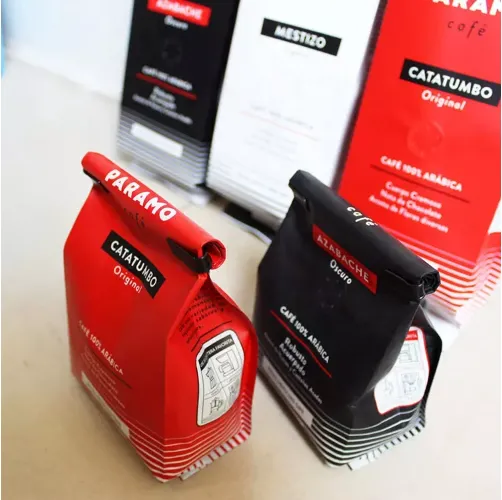- Afrikaans
- Albanian
- Amharic
- Arabic
- Armenian
- Azerbaijani
- Basque
- Belarusian
- Bengali
- Bosnian
- Bulgarian
- Catalan
- Cebuano
- chinese_simplified
- chinese_traditional
- Corsican
- Croatian
- Czech
- Danish
- Dutch
- English
- Esperanto
- Estonian
- Finnish
- French
- Frisian
- Galician
- Georgian
- German
- Greek
- Gujarati
- haitian_creole
- hausa
- hawaiian
- Hebrew
- Hindi
- Miao
- Hungarian
- Icelandic
- igbo
- Indonesian
- irish
- Italian
- Japanese
- Javanese
- Kannada
- kazakh
- Khmer
- Rwandese
- Korean
- Kurdish
- Kyrgyz
- Lao
- Latin
- Latvian
- Lithuanian
- Luxembourgish
- Macedonian
- Malgashi
- Malay
- Malayalam
- Maltese
- Maori
- Marathi
- Mongolian
- Myanmar
- Nepali
- Norwegian
- Norwegian
- Occitan
- Pashto
- Persian
- Polish
- Portuguese
- Punjabi
- Romanian
- Russian
- Samoan
- scottish-gaelic
- Serbian
- Sesotho
- Shona
- Sindhi
- Sinhala
- Slovak
- Slovenian
- Somali
- Spanish
- Sundanese
- Swahili
- Swedish
- Tagalog
- Tajik
- Tamil
- Tatar
- Telugu
- Thai
- Turkish
- Turkmen
- Ukrainian
- Urdu
- Uighur
- Uzbek
- Vietnamese
- Welsh
- Bantu
- Yiddish
- Yoruba
- Zulu
chocolate package design
The Art and Impact of Chocolate Package Design
In a world where consumer choices are abundant, the power of packaging design can shape perceptions, influence purchasing decisions, and ultimately drive sales. Chocolate, one of the most beloved indulgences globally, stands as a prime example of how effective package design can elevate a product from mere confectionery to an experience. The relationship between chocolate and its packaging is multifaceted, encompassing aspects of aesthetics, branding, sustainability, and consumer psychology.
From the moment a consumer lays eyes on a chocolate bar or truffle, the packaging becomes the first point of interaction. The design must capture attention in a crowded marketplace, and color, typography, and imagery play pivotal roles in this initial engagement. Bright colors often evoke feelings of joy and excitement, while elegant, muted tones may communicate luxury and sophistication. For instance, a brand targeting young consumers may opt for vibrant graphics and playful fonts, whereas a gourmet chocolate brand may favor a minimalist design with gold accents, conveying richness and quality.
Branding is another critical element that intertwines with chocolate package design. A well-crafted package not only showcases the product but also tells a story about the brand’s values and heritage. Take, for example, artisanal chocolate makers who emphasize their commitment to sustainability and ethical sourcing of cocoa. Their packaging might incorporate natural colors and textures, along with illustrations that highlight the journey of the product from bean to bar. This approach not only differentiates the brand from mass-produced alternatives but also aligns with consumer preferences for transparency and ethical consumption.
Moreover, the tactile experience of packaging cannot be overlooked. The choice of materials—whether it's a sleek foil, a rustic paper, or an eco-friendly biodegradable option—contributes to the overall perception of the product. Consumers are drawn to unique textures that enhance the unboxing experience. For instance, packaging that crinkles, folds, or features a soft-touch finish can create anticipation and excitement, adding value to the overall chocolate experience.
chocolate package design

Sustainability has emerged as a crucial consideration in chocolate package design, reflecting rising consumer awareness around environmental issues. Brands are increasingly opting for recyclable, biodegradable, or reusable materials in their packaging. This not only reduces environmental impact but also resonates with eco-conscious consumers who prefer brands that share their values. A thoughtfully designed package that uses sustainable materials communicates a brand's commitment to the planet, making it more appealing to today’s discerning consumers.
Furthermore, the innovative use of packaging can enhance functionality and convenience. Resealable packages or single-serving portions cater to the on-the-go lifestyle, ensuring that consumers can enjoy their chocolate without compromising freshness. Such thoughtful design elements enhance user experience and add innovation to the product, thereby making it stand out in a competitive market.
Consumer psychology plays a significant role in how chocolate package designs are perceived. Packaging influences not just the aesthetic appeal but also the emotional connection consumers have with a brand. Studies have shown that it can evoke feelings of nostalgia, comfort, or indulgence—all powerful motivators for purchasing chocolate. For instance, nostalgia-driven packaging that features vintage designs may remind older consumers of their childhood, while modern and sleek designs may attract younger demographics seeking contemporary experiences.
In conclusion, chocolate package design is not merely about aesthetics; it is a strategic tool that combines art, psychology, and branding to create a compelling narrative around the product. In a market saturated with choices, the right design can significantly influence consumer behavior, making it a vital component of marketing strategy. As consumer preferences continue to evolve towards sustainability and ethical considerations, chocolate brands must adapt their packaging designs to remain relevant and appealing. Ultimately, chocolate is not just a treat; it's an experience, and the packaging plays a critical role in crafting that experience from the moment it hits the shelves.













